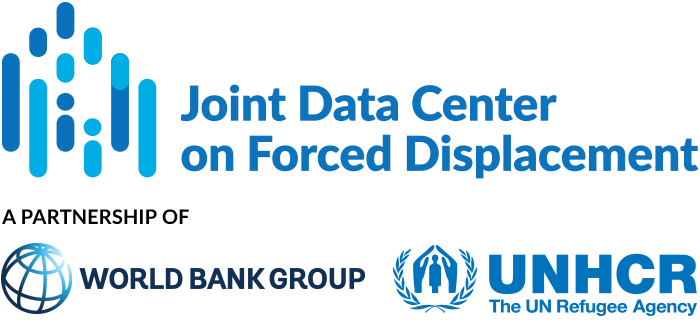This article examines the effect of refugee camp openings on deforestation in sub-Saharan Africa. Previous research has suggested that refugee camps lead to increased deforestation in surrounding areas due to land clearing for cultivation and demand for fuelwood. The...
JDC Literature Review
Welfare Impact of Hosting Refugees in Ethiopia
This paper examines the impact of refugee inflows on the welfare of host households in Ethiopia. The author examines the impact on consumption expenditure per capita and wealth of host households, and investigates three potential mechanisms for these effects, namely:...
Targeting humanitarian aid using administrative data: model design and validation
This paper presents the design and validation of an econometric model that uses routinely collected administrative data to target unconditional cash and in-kind assistance to Syrian refugees in Lebanon. The authors compare the prediction accuracy of the proposed model...
Empowering refugees through cash and agriculture: A regression discontinuity design
This article assesses the impact of the development approach promoted in the Kalobeyei refugee settlement in Turkana County in Northwest Kenya. Opened in 2016 just 3.5 kilometers from the Kakuma refugee camp, the Kalobeyei refugee settlement was envisaged as a model...
Local governance quality and the environmental cost of forced migration
This paper examines whether high-quality local governance can alleviate the environmental impact of large-scale refugee migration to Turkey. In the absence of additional investments in infrastructure and other waste management facilities, a greater population density...
Give me your tired and your poor: Impact of a large-scale amnesty program for undocumented refugees
This article examines the labor market impacts of the Permiso Especial de Permanencia (PEP) granted to nearly half a million undocumented Venezuelans in Colombia in August 2018. PEP is a resident visa (renewable every two years) that permits the holder to work and to...
Unveiling the Cost of Internal Displacement
This report describes IDMC’s methodology for estimating the costs of internal displacement. [The report uses ‘financial’ and ‘economic’ costs interchangeably, but largely captures financial costs.] The methodology takes into account only the direct and immediate costs...
Living Conditions and Settlement Decisions of Recent Afghan Returnees: Findings from a 2018 Phone Survey of Afghan Returnees and UNHCR data
More than 2 million displaced Afghans have returned to Afghanistan between 2014 and 2016, the majority from Pakistan, including over half a million registered refugees who returned under UNHCR’s voluntary return program. This report describes and analyzes the living...
Perceptions About the Labor Market Integration of Refugees: Evidences from Syrian Refugees in Jordan
This article examines the labor market integration of Syrian refugees in Jordan. It describes how labor market integration depends on the alignment of four diverging perspectives: (1) the host state perspective, expressed through policies and laws on refugee...
Shoring Up Economic Refugees: Venezuelan Migrants in the Ecuadoran Labor Market
This paper analyzes the labor-market conditions of around 340,000 Venezuelan displaced abroad, who migrated to Ecuador between 2016 and the summer of 2019. The analysis is based on new data from the Survey of Migrants and Receiving Communities in Ecuador (Encuesta a...


